Looking for Immigration Data? Here are 10 Goldmines You Might Have Missed
Discover unique and lesser-known sources that provide fresh insights and perspectives on immigration data.
I have a confession: I am a hoarder.
Not in my everyday life, of course, where I am almost obsessively minimalist, tidy, and eager to throw things out or give them away rather than packing them into boxes “just in case.”
My hoarding is far nerdier. I hoard immigration data sources.
For years now, I have been squirreling away various data sources I find, burying them in a folder in my Devonthink database, and occasionally retrieving them for one-off projects, teaching, or public speaking events.
Today I want to share ten of my favorite data sources with you. This helps to break up the monotony of seeing the same data presented in the same way and—hopefully!—will open your imagination to the various creative sources of immigration data beyond the usual suspects.
Let’s dive in!
1. Latino Data Hub
The Latino Data Hub launched just this year as a project of the Latino Policy & Politics Institute at UCLA. It's a terrific resource for understanding how a wide range of issues intersect with the Latino community. This includes immigration and much more.
You have to create an account to log in (the only source on this list that requires an account). But once you do, you get access to an enormous range of interactive maps and graphics that you can adjust to fit your interests. Interactive data at its best!
2. Migration and Asylum Lab
The Migration and Asylum Lab at Standford does a lot of amazing research, but one thing I want to highlight is their detailed country bulletins on select countries. These bulletins are painstakingly assembled through up-to-date research, all of which is relevant to asylum cases in the US. Their most recent bulletins for 2023 include Cuba, El Salvador, Guatemala, Honduras, Mexico, and Venezuela.
Download them here:
Learn more about borders in the “asylum” section of this newsletter.
3. Adam Isacson’s CBP Dashboard
CBP makes a variety of data points available online through its Tableau dashboard interface. (Tableau is a type of data analysis and visualization software.) But there are limitations to Tableau’s interface. That’s why Adam Isacson, a renowned Latin American and immigration policy expert, created a tool that allows everyone to see the data in an easier format and access it in table form. Click here to visit his page.
4. Missing Migrants Project
Millions of migrants attempt dangerous journeys every year, but not all of them make it. Tragically, many die or go missing in the process. The Missing Migrants Project at IOM creates a dataset to study this heartbreaking phenomenon and makes their data publicly available. Julia Black, one of my favorite people in the European immigration research space, leads the project.
Long-time readers of this newsletter will remember that I have used MMR’s data in previous posts, such as this one:
5. Border Surveillance Towers
The Electronic Frontier Foundation, a fantastic organization if you haven’t heard of them, has a fascinating project to document surveillance towers along the US-Mexico border. Their dataset was updated just this summer and now includes over 360 entries. The interactive Google Map (screenshot below) allows you to zoom in and explore the data for yourself. Or you can download the KML file and work with the data yourself (if you know ArcGIS or QGIS).
Learn more about borders in the “borders” section of this newsletter.
6. ICE Facility Outcome Dataset
What goes on inside ICE immigrant detention facilities? The ICE Facility Outcome Dataset is an interactive dataset composed of 73 detention facility outcomes scraped from ICE Facility Incident Reports. You can plot the data yourself or, like most sources on this list, you can download it and analyze it yourself.
7. ICE Detention Conditions
Speaking of detention, Tom Dreisbach at NPR published a scathing report of conditions in ICE detention based on a trove of documents obtained through FOIA requests. His article is worth a careful read: “Government's own experts found 'barbaric' and 'negligent' conditions in ICE detention”. If you scroll to the bottom of the article, you’ll find key excerpts from his research. Here is a sample:
Like the amazing journalist he is, Tom made all of the documents he received public. As a matter of convenience (first for myself and now for you), I scrapped all of the documents into a single (huge) file and posted it on my personal website here: https://austinkocher.com/resources.
Learn more about borders in the “borders” section of this newsletter.
8. Global Detention Project
We can't talk about the global immigrant detention complex without talking about the Global Detention Project and the incredible Michael Flynn (not that Michael Flynn) who has been working on the project for years. You can explore all of their datasets online, a truly invaluable global resource.
Long-time readers of this newsletter will remember that I have used MMR’s data in previous posts, such as this one:
9. UNHCR’s Refugee Data R Package
This is a deep cut, but if you're a data scientist studying refugees and you use R (a statistical analysis language), you may want to know that the UNHCR has a special R package to make it easier to see all of their data going back to 1951.
10. Migration Data Portal
Last but not least, the Migration Data Portal provides access to timely, comprehensive migration statistics and reliable information about migration data globally. Again, terrific dashboards and data visualization here. And most (or all) of what you see can be downloaded to work with on your own if that’s your cup of tea. Note that this is probably better for historical research than current month-to-month monitoring. It’s actually really hard to get migration data reported and synced up at a global level, so there is a natural few-year delay on the currency of the data.
What do you think?
What do you think of these data sources? Have you heard of any of these before? Did you click through to explore any of them in more detail? Let me know using the poll below and feel free to discuss in the comments.
Do you have immigration data sources that you want to share? Or requests for information about types of immigration data that I didn’t mention here? If so, please leave a comment below and I’ll respond with more information. Thanks!
Support public scholarship.
Thank you for reading. If you would like to support public scholarship and receive this newsletter in your inbox, please subscribe for free. And if you find this information useful, consider sharing it online or with friends and colleagues.





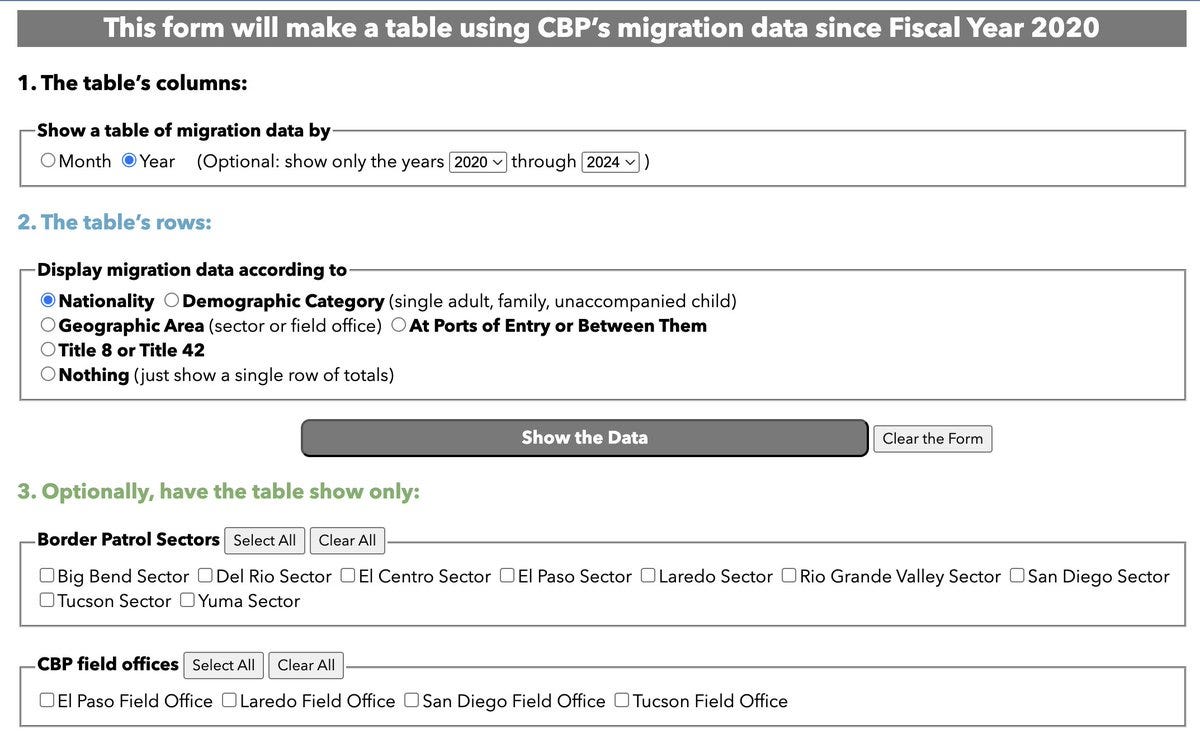
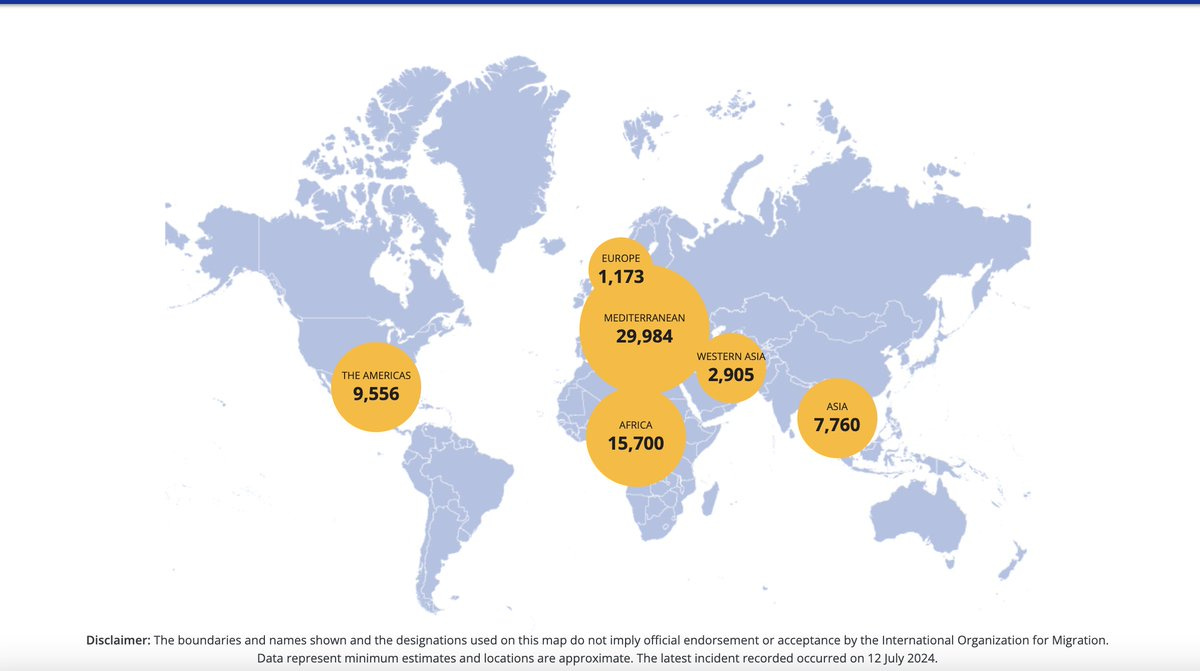
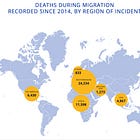
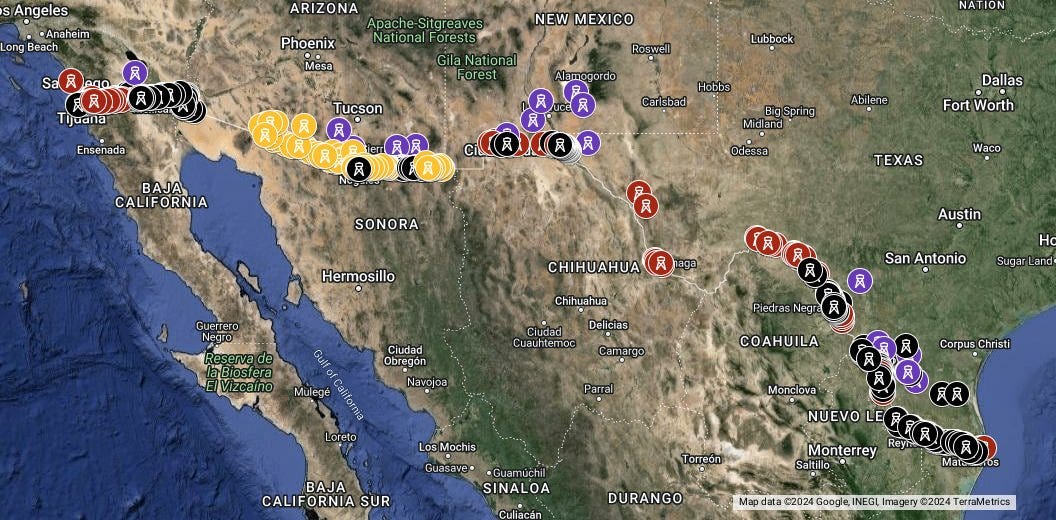


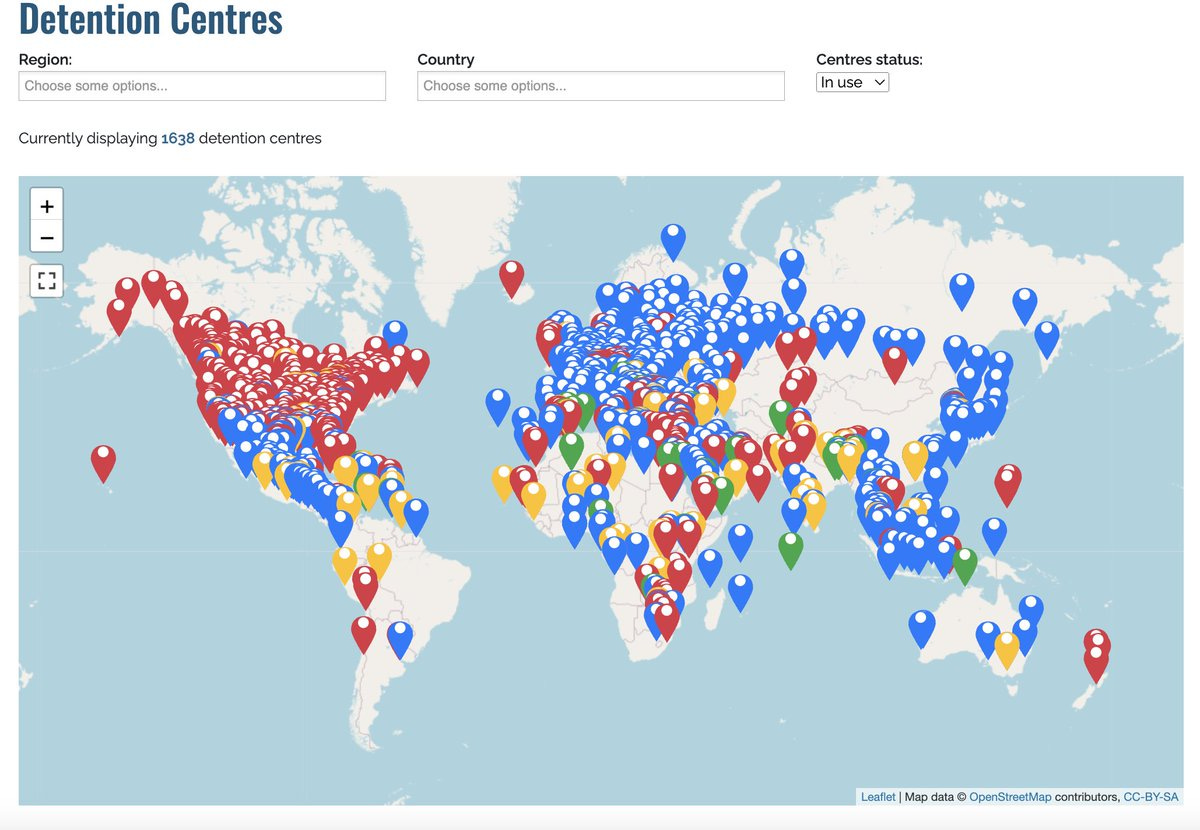

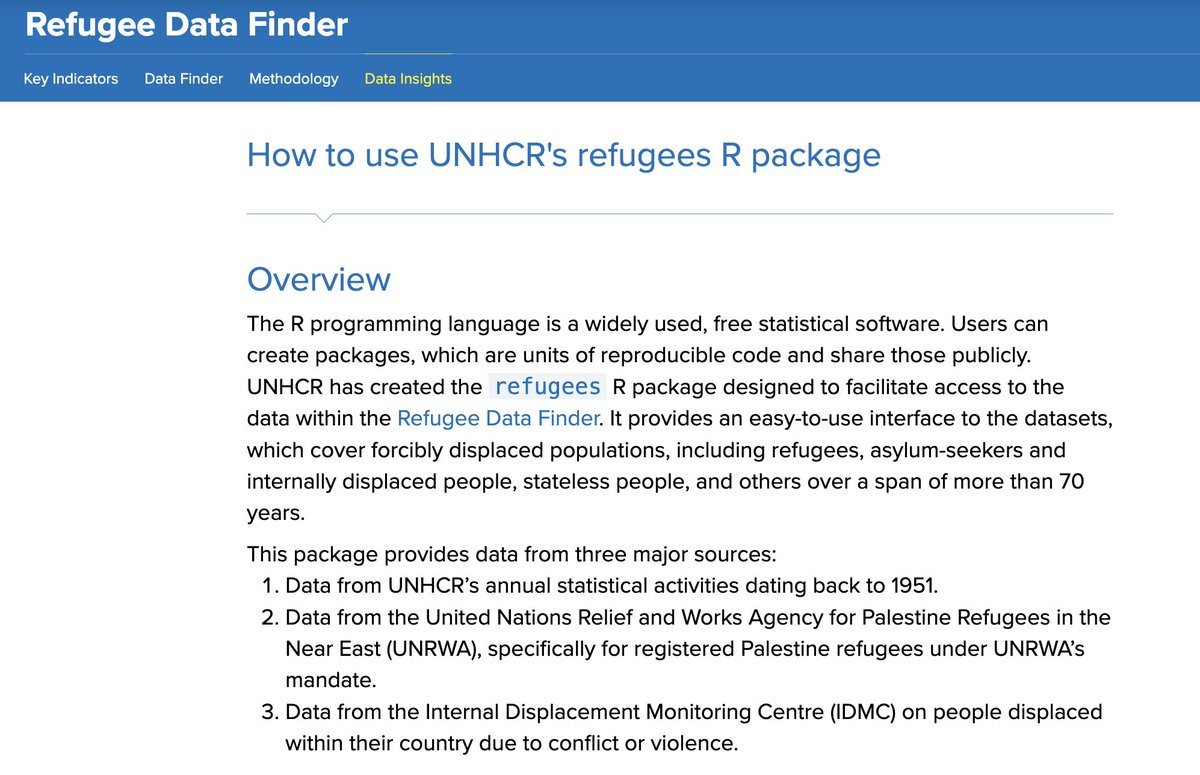
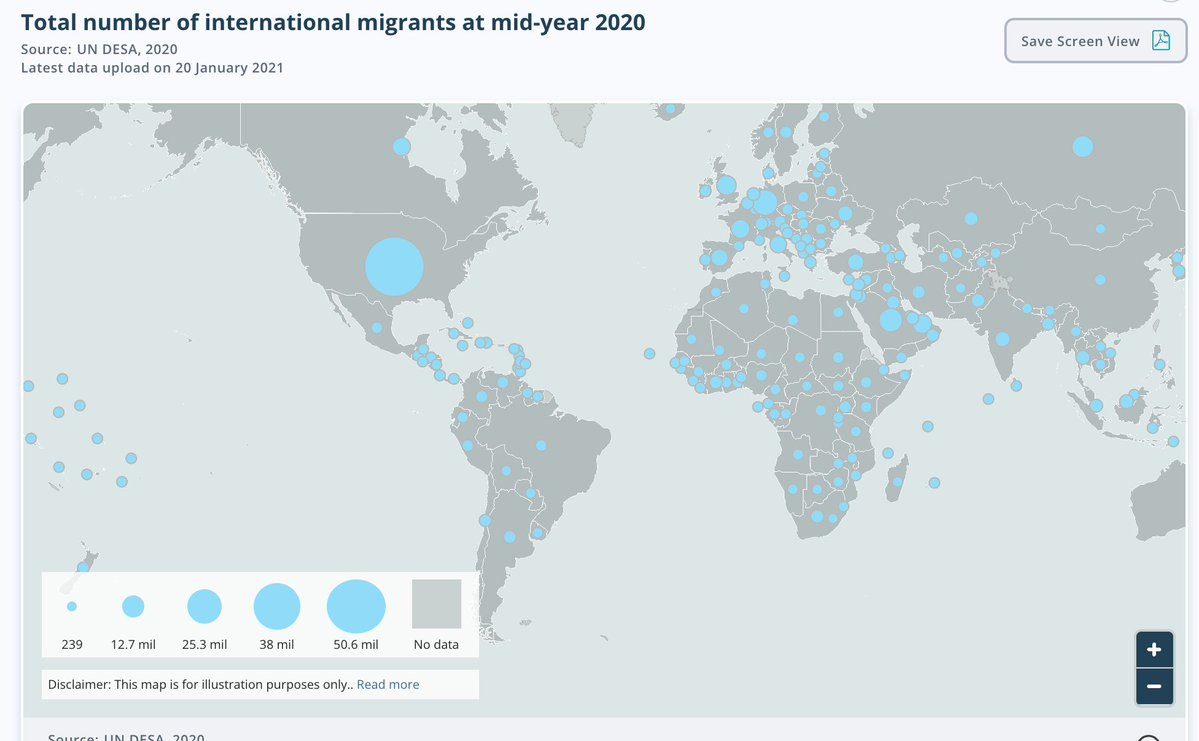

Thanks for sharing, Austin! I didn’t know a few of these. All great sources for book two!
Good stuff Austin. The TRAC database should be mentioned in this list, although maybe it’s obvious. The border tower site disappointed because when I sought data from a tower near me, all it had was a 2009 EIR on the tower.